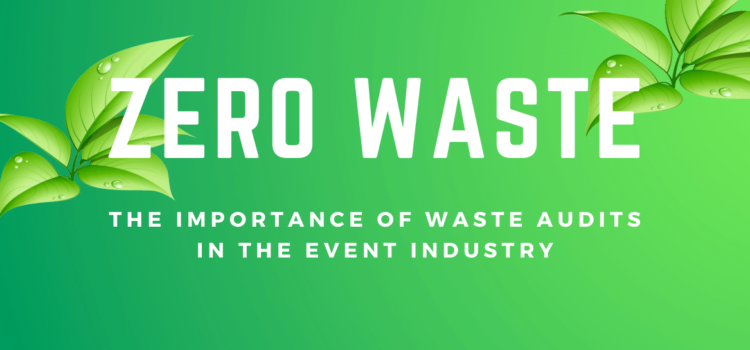Many global conglomerates, as well as local Indian businesses, are taking advantage of the growing momentum in the environmental movement by claiming to be “green” or “zero-waste.” However, most of these claims are not supported by actual data. To truly understand the environmental impact of an event, I think that an analysis of the waste stream or a “waste audit” must be conducted.
So, what’s this “waste audit” I’m talking about?
Well, simply put, a waste audit is a way of collecting detailed information about the waste generated by an event. The procedure can quantify the different types of waste being created as well as the effectiveness of a given waste management policy.
One of the most critical pieces of data resulting from a waste audit is the diversion rate. The diversion rate is the percentage of material generated from an event that is being diverted away from a landfill (i.e., the percentage of waste being recycled or composted).
Now, this is going to get a little complicated, but bear with me!
A high diversion rate means that most of the waste generated by the event is staying out of the landfill. An event with a 100% diversion rate is considered to be zero-waste. If composting and recycling is an option at your event, then a diversion rate between 65-75% should be easy. With proper planning and partnering with a reputable event management company like Eminence, a diversion rate of 75-85% percent would be quite good. A rate above that, approaching true “Zero-Waste” or 100% diversion, would take full cooperation of event planners, staff, and participants, and would be considered outstanding.
There are three categories of waste in a typical waste stream:
The ultimate goal of a “zero-waste” event is to divert 100% of the waste away from a landfill. Throughout the event, waste should be sorted into these three distinct categories:
- Compostable material: These are any food items that are no longer fit for human consumption (food waste) as well as other items which must be marked biodegradable: bags, napkins, plates, cups, and tableware.
- Recyclables: Recycling is a concept that most people are familiar with. Recyclables include bottles, cans, cardboard, and paper products fit for reuse.
- Trash: Trash is the material that cannot be processed or reused, which must be sent to a landfill.
After the event, the different waste categories should be analyzed in a variety of ways to come up with accurate information that reflects the waste management policy specified during the planning of the event. This will result in detailed information regarding which waste management policies are working well, and which have a large room for improvement. Consequently, one can then use this information to invest more time and energy into the areas where they can improve the most, and create a comprehensive policy that will be mutually beneficial to both the environment and the organization. In this way, an organization can ensure that the waste is being disposed of in the most environmentally responsible manner. In addition, an organization can promote the data of the waste audit in order to show a quantifiable commitment to sustainability.
Why am I stressing over zero waste, though? Because I think that it’s the need of the hour – and only if we behave responsibly can we ensure that we don’t exploit the environment and make India clean and green.
